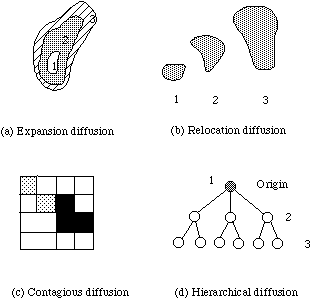The euro zone’s single currency makes it easy to shift money across borders from risky economies to safer ones. That and the lack of central banks in each country – those went away in 1999 with the arrival of the euro – make the euro zone ‘the ultimate contagion machine,’ says Kenneth Rogoff, a Harvard economist.
Arrows show imbalances of debt exposure between borrowers in one country and banks in another; arrows point from debtors to their bank creditors. Arrow widths are proportional to the balance of money owed. For example, French borrowers own Italian banks $50.6 billion; Italian borrowers owe French banks $416.4 billion. The difference – their imbalance – shows France’s banking system more exposed to Italian debtors by about $365.8 billion. The risk to countries’ debts and economies is indicated by color. From: http://www.nytimes.com/interactive/2011/10/23/sunday-review/an-overview-of-the-euro-crisis.html?nl=todaysheadlines&emc=thab1
Many of you undoubtedly remember the topic of geographic diffusion from Geography 101 or the equivalent class. You know, the four major types of spatial diffusion: relocation diffusion, expansion diffusion, hierarchical diffusion, and contagion (or contiguous) diffusion. The New York Times this morning published a very nice set of interactive graphics explaining the current situation with the Euro debt crisis, and how it’s all connected in one big old global web. They use the term “contagion diffusion,” which strictly speaking from a spatial analysis perspective, is not an entirely correct use of the term. However, if you have any confusion about the problem with the Euro and how Greek debt can influence events in the U.S. and worldwide, it is worthwhile to read the short text accompanying the graphics, and to poke around in the interactive graphics a bit. And I think the term "contagion diffusion" is a more-or-less apt description to get the main point across, although in this case the contagion or contiguity is not referring to geographic contiguity but to monetary contiguity, since the countries influencing one another are not necessarily geographically contiguous, but are connected via this non-spatial network of money. Maybe, to coin a new term, it could be called "network diffusion" since the diffusion is occurring via the international monetary network, as opposed to any of the other typical types of diffusion. If anyone has a better name for it, please let me know! In any event, the Times showcases here some good examples of conceptual flow maps, and as usual, the Times graphics are excellent. I am slightly envious of the high school kids in our GISc Science Academy this summer who got to take a field trip to the New York Times graphics dept.
Check out the six different conceptual flow diagrams which give an overview of the crisis at: http://www.nytimes.com/interactive/2011/10/23/sunday-review/an-overview-of-the-euro-crisis.html?nl=todaysheadlines&emc=thab1
For NY Times print version, see: http://www.nytimes.com/imagepages/2011/10/22/opinion/20111023_DATAPOINTS.html?ref=sunday-review
The Four Major types of Spatial Diffusion. From: http://www.spatial.maine.edu/~max/KEH_i21.html

